I guess this would qualify as a construction technique issue.
House is about 26 years old. Cedar siding over 3/8″ sheating, no tar paper behind the siding anywhere. No dry rot has been found anywhere except behind the chimney – that is, the living room fire place is on the exterior wall (west gable end of a simple gable-end roof). It appears the house was framed and sheathed, and the stack was built right up against the plywood. No, not good …. obviously. Dry rot from the first floor up into the attic up 3′ or so to where the sidewall insulation stops.
In over 30 years in the design/construction/renovation business, I’ve never run into anything quite like this. I’m at something of a loss to figure out how to ‘fix’ the situation so it won’t happen again.
My first guess is to remove all the wood framing from behind the masonry. Luckily, this is not a load bearing wall but I would be losing about a 3′ or so strip of sheating up the end of the house, thus losing some shear capacity in that wall.
For the fix, I’m thinking of using 2-1/2x16ga metal studs to frame in the area behind the stack. To maximize air space, I’m also planning on leaving out the insulation in that area. The choice of metal studs is mainly driven by a higer stiffness factor while allowing more space between the masonry and the inside finished wall.
I’m wondering if ‘X’ bracing this new framing would be worthwhile in order to provide some degree of shear capacity in the new framing. Or, perhaps set the face of studs back 3/8″ from the interior and merely put the shear membrane (plywood) on the inside rather than the outside. Or …. since the house has stood for who knows how long in its present condition, if it’s even worth worrying about???
In addition, I’m concerned about what to put over the masonry as a vapor barrier on that side. The fireplace will be used quite heavily in the winter, so whatever goes on it would have to be somewhat heat resistant since the stack would get at least warm, if not hot.
Needless to say, this was the most depressing discovery made thus far in the project.
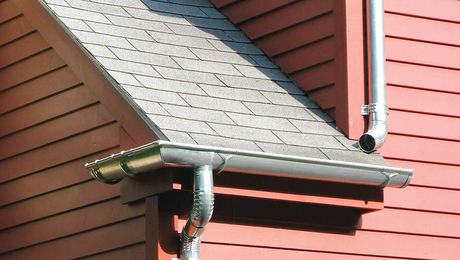

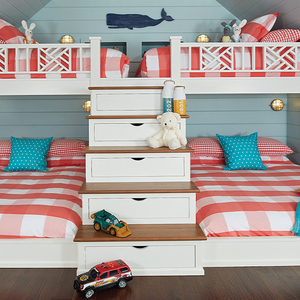
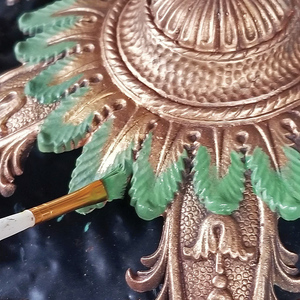
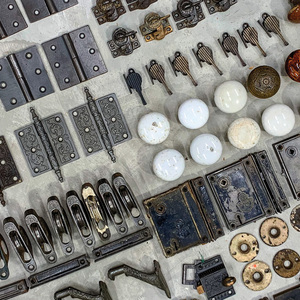
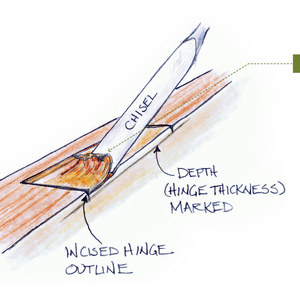







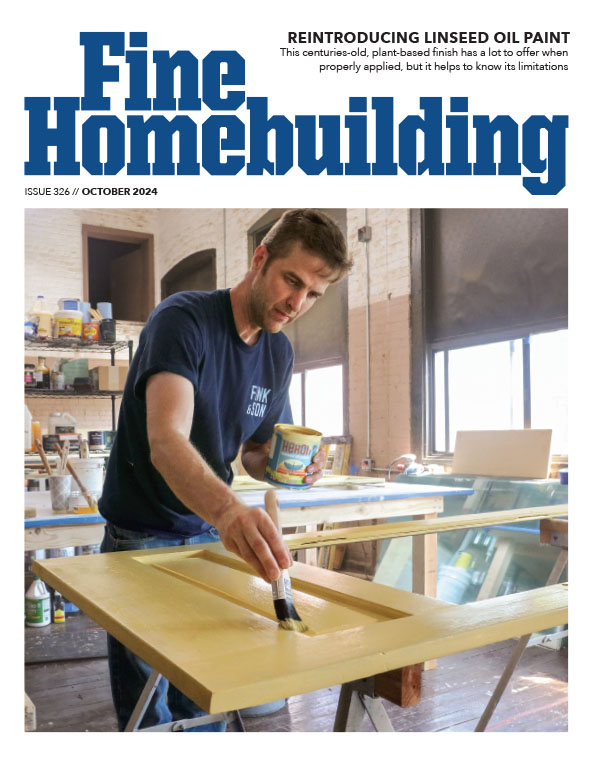





Replies
My first thought is that the brick chimney needed waterproofing ( it still might) because it was wicking water in to the lumber.
But the fact that symptoms stop as you get above the insulation makes me think that it might be more connected to condensation from the cold brick and moist air. Assuming the fireplace doesn't get burned enough top keep the masonry warm, that is. The brick should be an inch away from th ewood for fire codes too.
If I am right, the solution to preventing further damage is two parts. There should be ice and water or tarpaper or some other vapour bar between brick and wood.
And there should be a run of caulk to prevent cold damp outside air from getting to the space where it can condense.
BTW, there is no such thing as dry rot. It may be dry now but the wood has to have moisture to rot. Any signs of bug damage like powder post beetles?
Excellence is its own reward!
Thanks for the reply.
I understand about "dry" rot, Piffin. More an expression to describe a situation brought on where there are no visisble signs of water intrusion. But as we both know, wood doesn't rot sitting out in the dry. (grin)
Yes, waterproffing the masonry on the side that's against the house is a prime objective. I can get the 1" min. air space using thinner, heavy gauge metal studs (for stiffness) since regular 2x4's turned sideways for the 8' ceiling ht. wouldn't provide much support for the drywall.
Am I to understand that the ice & water shield (here that's a trade name for a heavy elastomeric type of membrane) would be satisfactory over the masonry? If the flue liner was constructed properly (don't have any idea from the outside) then it should not be in direct contact with the chimney stack proper and thus there shouldn't be all that much heat convected from the liner to the main stack. Which, by the way, is built with CMU with a brick facing only.
I'm with ya on the fact that I've gotta get some air space between the masonry and whatever kind of framing I eventually end up putting back in there. It was absolutely bizzare to pull the insulation out of the stud space (in the attic) and see the rot commence almost exactly where the insulation stopped.
Most distressing, is probably a better way to describe it.
I suspect the structural considerations are a distant secondary concern with respect to getting the wall re-built so we don't have the same problem again down the road.
...........
Dennis in Bellevue WA
woodnut@anatechsys.com
Ice and water shield is a generic name for many products of that class that every one used to call Bituthene, pronounced bitchy thane, which no-one can spell and doesn't make for polite conversation so I&W came into play here.
How you are geting to this is beyond me since I can't see it. Sounds like you have openned things up from the interior and are backing up to the chiomney.
The masonry mass can wick water all kinds of places once it is inside. A cap could be your best bet for it, in addition to the liquid sealer.
masonry mass can store heat a long time when it is kept running but if you only fire up the fireplace once or twice a week, it will be heating and cooling and condensing a lot of moisture in that space if outsiude air can easily get to it..
Excellence is its own reward!
just curious.maybe I din't read your post thoroly but was there a need for a cricket behind the chim?
a
Emptiness is not really empty, emptiness is full of everything.
The "everything", just isn't manifest
http://CLIFFORDRENOVATIONS.COM
Hi Andy, This chimney is in the gable end of the house - no crickets chirping there..
Excellence is its own reward!
Andy -
Sorry I missed your reply, but as Piffin deduced, with the chimney at the gable end of the roof, a cricket was not installed. In the near future (probably next year) I'll be replacing the roof with a standing seam metal roof. Adding a cricket to the chimney in one way or the other will be a definite priority here. Plus on the other flue in the middle of another part of the roof.
What bums me out is .... most things about this house speak of quality and thought through decisions. Nice double glazed wood casement and awning windows, lots of convenience electrical outlets, ... things you'd expect to see in a somewhat custom home. But the way this fireplace was built defies anyone's imagination.
At least mine.
...........
Dennis in Bellevue WA
woodnut@anatechsys.com
Follow up on the 'dry' rot problem in our new place....
Turns out the flashing at the top of the chimney had failed and for who knows how many years, water was trickling down the entire inside face of the masonry. Saturating the batt insulation and plywood sheathing against which the masonry was placed.
The good news is - the builder I have doing some work for me figured out how to replace all the bad framing without tearing the house half apart to do so. The questionable part is .... he used what I would describe as ballon framing from the second floor framing level up through the ceiling and into the attic to replace the damaged, rotten 2x4 exterior studs. We left the plywood sheathing off and I don't intend to insulate this area of the exterior wall, where the masonry is. That means there's plenty of air space now, down to about 3/4" between the exterior face of the new framing and the CMU of the stack, but at least nothing is touching the block. However, now with the studs running from the second floor level all the way up to the roof rafters, there's a chimney of in its own right between the second floor living area and the attic. I think I should put some fire safing between the upper double plate and the block just to be on the ... uhmmm ... safe side(?).
Secondly, the dweeb(s) that built this chimney did an otherwise good job with respect to plumb, level and layout but - there's a sloping portion near the bottom where the stack widens out to make room for an exterior firewood access door. In other words, there's a little portion of a brick 'roof' if you will. These guys built that brick roof over plywood centering and left the danged plywood, framing and all, in place. Which is pretty well gone by now, too.
Are there any masons (as in bricklayers, not secret society types -grin-) out there who could explain to this dumb achitect how this sort of sloping brick surface should be dealt with such that I can pull all the wood out from under the sloped portion and still be somewhat assured it will stay there? No, sorry, I don't know if there's any reinforcing in the (about) 1" thick bed of mortar that brick appears to be laid on.
Thanks for any ideas.
Dennis in Bellevue WA
woodnut@anatechsys.com